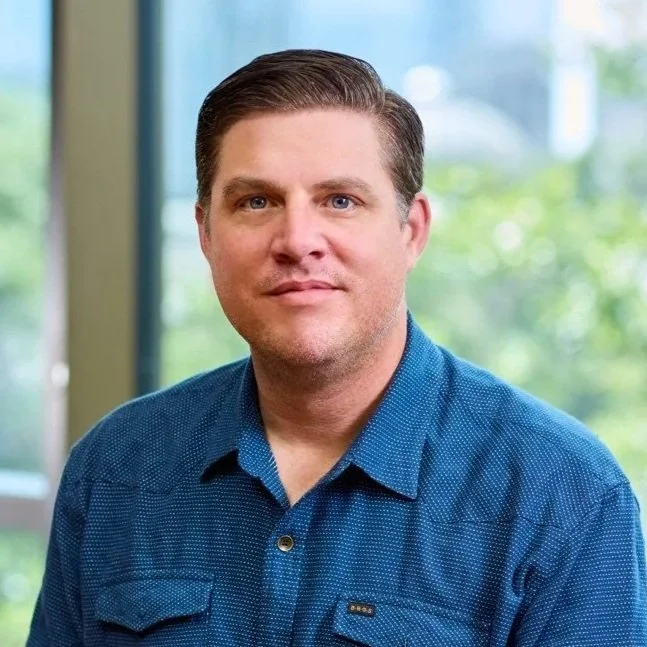
Podcasts
Dive into the episodes
Guest Episodes on Partner Podcasts
Listen to our PLP team chat with experts in the field of education about why understanding and applying brain science allows us to transform learning and leadership.
-

Safe-Stretch-Stick: How Brain Science Transforms Teaching and Learning
April 16, 2025
How does understanding the brain change the way we build students’ social-emotional skills and self-efficacy as learners? Hear this fascinating conversation between Dr. Krista Leh from Resonance Education, PLP CEO Julia Skolnik, and PLP Leader Fellow graduate Stacy Robson to reveal the powerful intersection of neuroscience and education.
-

Insights from Brain Science for Education
July 16, 2021
Listen to Julia Skolnik speak with Thom Stecher on the SEL Convergence Podcast, dicussing common misconceptions and important take-aways from brain science that improve academic learning and social-emotional well-being at all ages.
-

Six Gears for Learning & Leadership
March 4, 2022
Hear Julia Skolnik and Thom Stecher discuss our Six Gears for Learning & Leadership Framework on the SEL Convergence Podcast, and how this is being used to transform practice across K-12 schools in our partner districts.
-

Connecting Education to Entrepreneurship
July 19, 2023
Is education in need of reform or complete revolution? Julia Skolnik talks with Kevin Stoller, CEO of Kay-Twelve about how brain science can be used to shape education, and how bridging the gap with research can make a world of difference in education.
-

Impacting Your Practice Using Neuroscience
December 13, 2021
Listen to Superintentent of Aspen School District Dr. David Baugh and Julia Skolnik speak with Thom Stecher on the SEL Convergence Podcast about the transformational impact of neuroscience on K-12 education.
-

Minimalist Educator: Imagine! Brain Science in Education!
February 13, 2024
Is there brain science to support a minimalist approach to teaching, learning, and leadership? Julia Skolnik discusses this interesting approach with authors of The Minimalist Teacher, Tammy Musiowsky-Borneman and Christine Arnold.
-

Brain Myths & Facts with John Moffet Elementary
May 30, 2023
Students from John Moffet Elementary School in Philadelphia, PA interview Julia Skolnik about what it’s like to run a business, and whether some common ideas about the brain are actually true or not. These students ask amazing questions!
-

Cutting the Crap with Shap and Brain Expert Julia Skolnik
December 5, 2024
Designing learning with brain science in mind seems like a no-brainer. Then why isn’t it happening more in schools? Hear veteran teacher and positivity innovator Craig Shapiro discuss these important questions with Julia Skolnik.
-

Get in Gear
May 12, 2023
PLP Partner Laurie Smith, Asst Superintendent at Perkiomen Valley School District, hosts the Viking Visions Podcast which explores educators’ passions and innovations. Laurie and Julia Skolnik talk about PLP’s vision for education, and how the Six Gears for Learning & LeadershipTM framework supports that vision.












